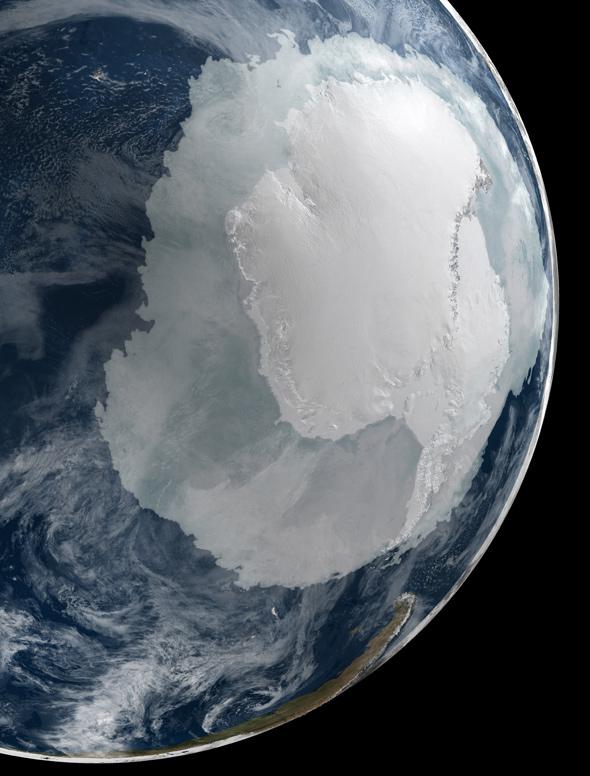Was this the trigger of the “Great Dying” mass-extinction event (and a host of wild conspiracy theories)?
A NASA satellite detected a 300-mile-wide “gravity anomaly” below the ice of Antarctica consistent with a giant asteroid impact and the volcanic flows of Siberian Traps that continued for roughly two million years and spanned the Permian–Triassic mass extinction, which occurred between 251 to 250 million years ago. The impact crater is estimated an nearly three times the size of the Chicxulub crater that ended the dinosaur epoch (image above), and presumably formed before the Cretaceous formation of the east Antarctic coast.
The Gravity Recovery and Climate Experiment (GRACE) was a joint mission of NASA and the German Aerospace Centre that ran from March 2002 to October 2017. By measuring gravity anomalies, GRACE showed how mass is distributed around the planet and how it varies over time.
However, one discovery in Antarctica has received far more attention than the rest of the mission. In 2006, a team of researchers led by Ralph von Frese and Laramie Potts used GRACE data to discover the anomaly below the ice. The team determined this to be a massive impact crater buried below the ice for millions of years, likely caused by an asteroid.
New 2018 details on the east Antarctic gravity field from the Gravity Recovery and Climate Experiment (GRACE) mission revealed a prominent positive free-air gravity anomaly over a roughly 500-kilometer diameter buried basin centered on Antarctica’s in north-central Wilkes Land.
Click here for more information.

